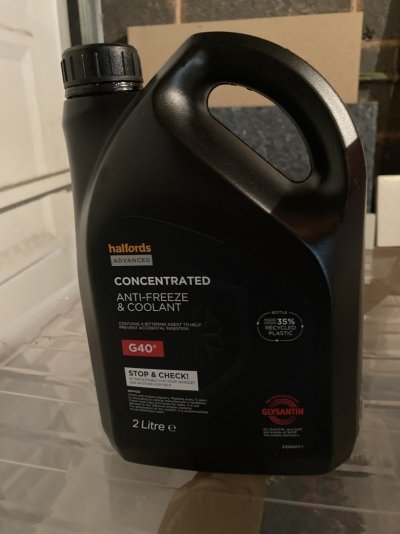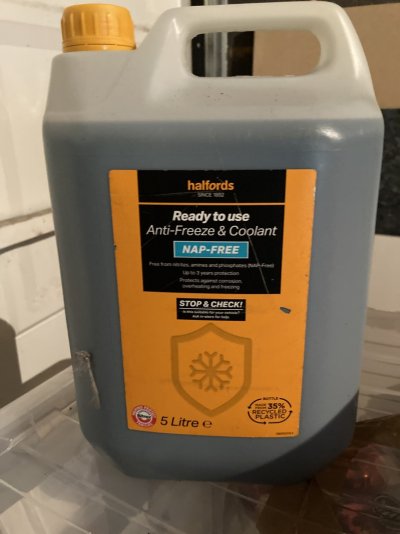Finding the right antifreeze for your car
What are the different types of antifreeze?
Antifreeze solutions are typically available in two different types, ethylene-glycol or non-toxic propylene glycol.
There are different antifreeze mixes for different types of engines, identified by different colours:
1. Green or blue (Inorganic Acid Technology – IAT):
- Properties: Traditional antifreeze, typically used in older vehicles.
- Lifetime: Usually needs to be changed every 2 to 3 years or 30,000 miles.
- Additives: Contains silicate and phosphate corrosion inhibitors.
2. Red or orange (Organic Acid Technology – OAT):
- Properties: Commonly used in modern vehicles with extended-life formulations.
- Lifetime: Can last up to 5 years or 150,000 miles.
- Additives: Contains organic acids for corrosion protection, without silicates or phosphates.
3. Yellow or gold (Hybrid Organic Acid Technology – HOAT):
- Properties: A hybrid of IAT and OAT, combining the benefits of both.
- Lifetime: Typically lasts around 5 years or 150,000 miles.
- Additives: Contains silicates for added protection, along with organic acids.
4. Pink or purple (Phosphated Organic Acid Technology – POAT):
- Properties: Often used in specific brands and types of vehicles, including some Asian makes.
- Lifetime: Can last up to 5 years or 150,000 miles.
- Additives: Contains organic acids and phosphates for corrosion protection.
5. Blue (Silicated Organic Acid Technology – Si-OAT):
- Properties: Common in European vehicles, particularly Volkswagen and Audi.
- Lifetime: Typically lasts around 5 years or 150,000 miles.
Additives: Contains silicates and organic acids for enhanced protection.
How do I find out what type of antifreeze is in my car?
If you don't know what type of antifreeze is in your vehicle, it's not easy to identify it without sophisticated tests. The colour of the antifreeze isn't proof of the type or quality of product that was used.
If you're worried you've used the wrong type of antifreeze, it's best to take it to a professional mechanic who'll drain and flush the system. Antifreeze is a hazardous substance, so you should never attempt this yourself.
Once it's empty, it can be refilled with the recommended type of antifreeze at the correct dilution level.
What type of antifreeze do I need for my car?
The correct type of antifreeze for your car should be shown clearly in the vehicle handbook, along with advice on recommended concentrations.
Without a handbook to refer to, you should check with a dealer.



